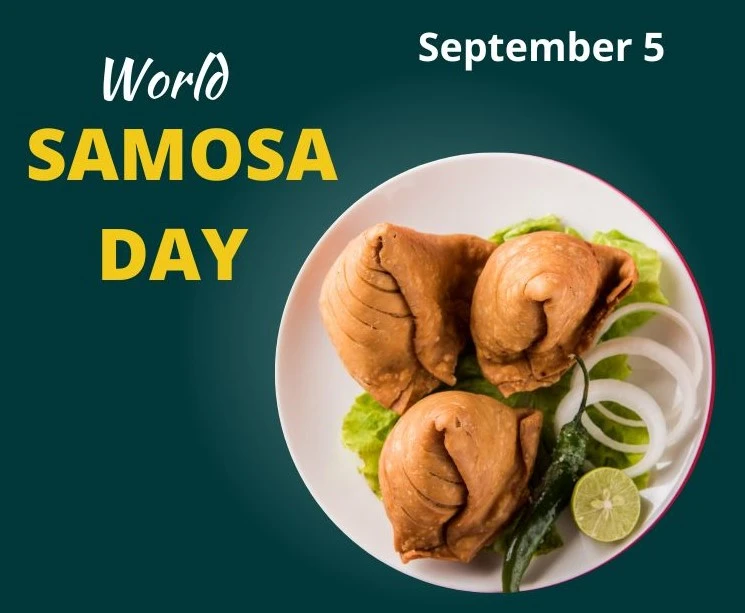The majority of us appreciate a hot samosa with a cup of our favourite tea or coffee, whether it’s during a house party or when we’re simply hungry. One of the most popular snacks in the world, samosas leave us hungry and wanting more. World Samosa Day is celebrated every year to honour this delectable delicacy all around the world.
Samosa preparation is really easy and requires little effort. They are created with dough, have a filling rich in potatoes, and have crispy outside layers, making them a delicious treat.
Here are some interesting facts about this snack that will surprise you in honour of World Samosa Day on September 5.
Facts to Know about Samosa
- Samosas were not developed in India. Before the tenth century, they may have originated in the Middle East.
- Samsa, after the pyramids in Central Asia, was its original name.
- Prior to the tenth century, the Iranian plateau in the Middle East is where samosa, also known as Samsa, first appeared. Sanbusak, Sanbusaq, and even Sanbusaj—all of which are derived from the Persian word Sanbosag—are the names given to it in Egypt, Libya, and Central Asia.
- A few different names for samosa include samsa, somsa, sambosa, somasi, samoosa, sambosak, sambusa, singada, samuza, and somas.
- Samosa Pav is also available in states like Maharashtra where it is sometimes served with Chola. It is created in both half-moon and triangle shapes in the Turkish-speaking countries where it is known as Samsa (and variations).
- The most popular sort of samosa consumed worldwide is a vegetable version.
👉 Click here to read the latest Gujarat news on TheLiveAhmedabad.com



